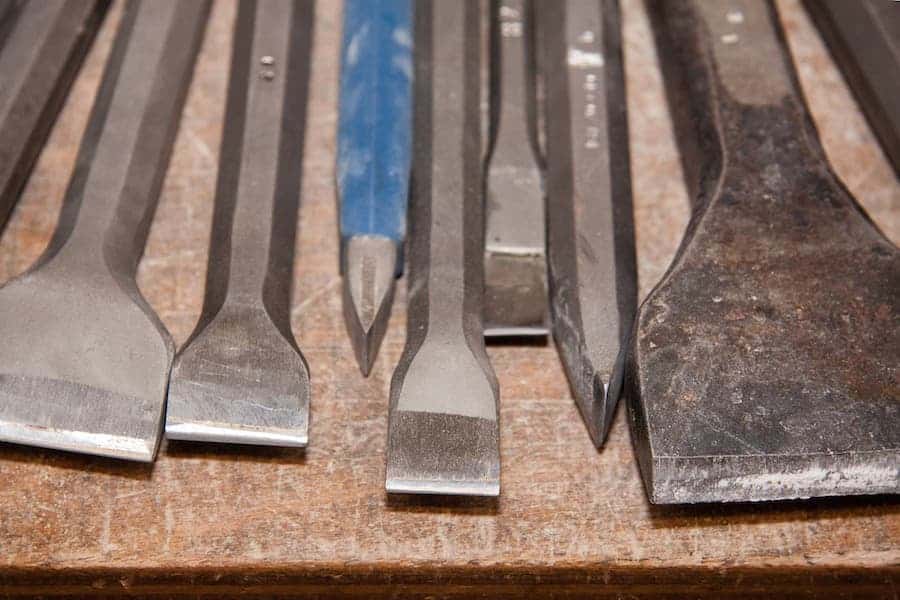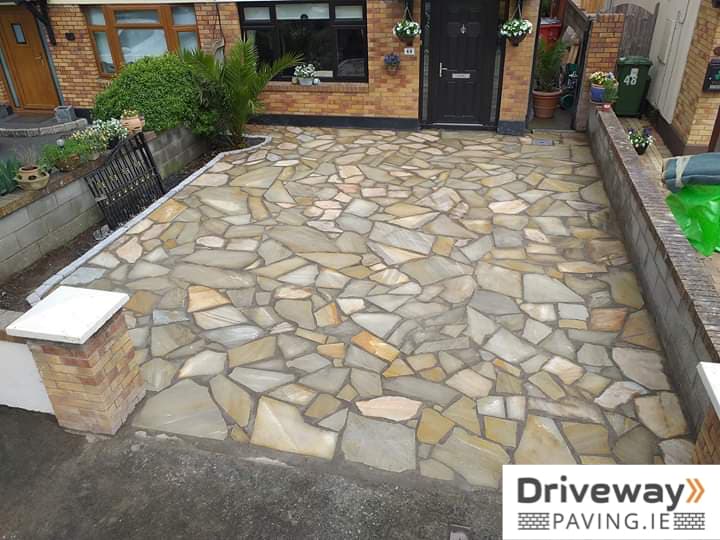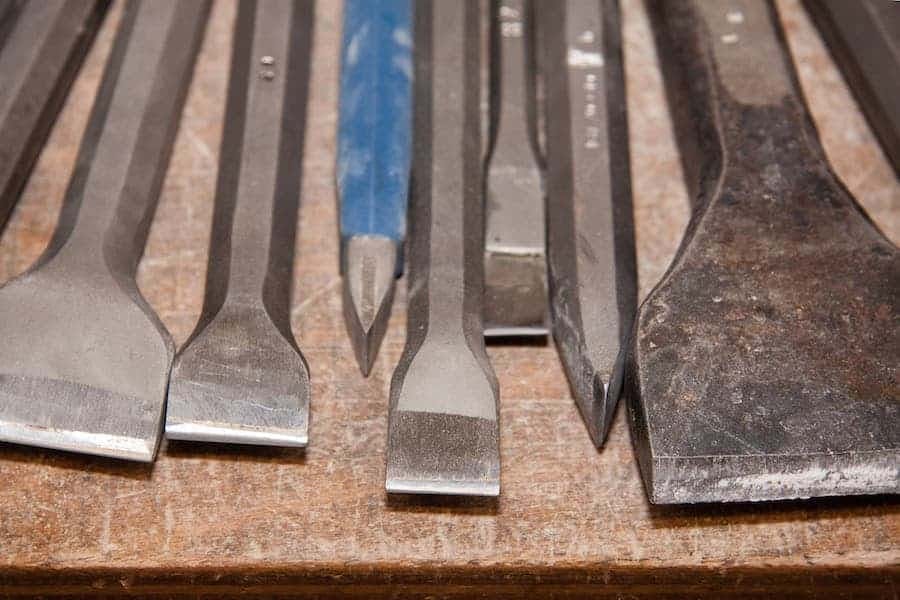The requirement to cut slabs into different sizes is never-ending. Whether renovating your driveway or landscaping your backyard, you probably need to cut slabs to size. There are plenty of ways to cut your slabs to fit unique and precise spaces. Herein, we’ll delve into how you can cut slabs into sizes.
Cutting Paving Slabs With Hand-Held Power Saw
A power saw is one of the most popular paving slab cutting tools. Whether you’re using a bench saw or a handheld tool, power tools are easier to use and achieve a greater deal of accuracy of cut. A circular saw is better capable of cutting straight edges. Moreover, they’re effective in cutting various materials, such as granite, sawn sandstone, or porcelain.
Use a diamond-tipped saw blade for the best results and consistency in cutting. A diamond-tipped saw is more resistant to abrasion and does not wear down easily. On the other hand, traditional abrasive cutting disks wear down quickly, affecting the cut quality.
Caution: The dust generated by sawing slabs is dangerous for your health. As such, you should take precautions to avoid dust coming into contact with your eyes or inhaling. Wear a PPE while sawing. PPE should include a dust mask and protective goggles. Moreover, you should take steps to suppress the formation of dust clouds. Spray a constant flow of water on the cutting line.
What You Need
- Pencil
- Tape measure
- Power saw
- Steel ruler
- Rubber mallet
- Diamond-tipped blade
- PPE gear
- Bucket of water
Procedure For Cutting With a Saw
Step #1: The first thing to do is prep your workbench. Ensure your workbench is clear and ready for the slab.
Step #2: Measure the space you’ll be installing the slab. Mark out the measurements on the slab to use while cutting the slab.
Step #3: Secure the slab on the workbench with a C-clamp (or several of them).
Step #4: Use the steel to guide the saw when making straight cuts. Cut the paving slab along the guidelines to a depth of 1 cm. After that, turn over the slab and repeat the process.
Step #5: After making cuts on both sides of the slabs, get your rubber mallet and knock the parts apart.

Cutting Paving Slabs With Chisel And Hammer
If you’re not in a position to hire or buy powered tools to cut slabs, you can always try the trusted and tested method – a chisel and hammer. Cutting paving slabs with a chisel and hammer is particularly preferred when dealing with slate and sandstone. You should especially use this method when you want to match the hand-cut edges of some slabs.
What You Need
- Breaker Chisel
- Rubber mallet
- Hammer
- Pencil
- Tape measure
- Safety equipment
Procedure
Step #1: Start by measuring the space you’ll install the paving slab. Mark out the measurement and guidelines on the slab.
Step #2: With a hammer and chisel, cut a 2mm shallow channel along the mark lines on the slab. Repeat this process to yield a deeper score channel.
Step #3: With the paver slab scored, split the slab by striking the split section with a rubber mallet.
Step #4: Tidy up the score line after cutting the slab by filing the edges using a metal file.
Cutting Paving Slabs With Block And Slab Splitter
This is another method for cutting slabs of pavers. A block and slab splitter works like a guillotine. The device comes with everything you need to split the slabs.
What You Need
- Hammer
- Pencil
- Measuring tape
- Safety gear
- Block splitter
Process Of Cutting Paving Slabs With Block And Slab Splitter
Step #1: Set up the slab and block splitter.
Step #2: Measure the space you’ll be installing the slabs and dimensions with a pencil or chalk.
Step #3: Position the block on the splitter with the blade on the marked line. Grab the blade handle and force it down until the blade cuts through the brick. Move the slab around until you finish cutting the entire marked line.

How To Cut Curved Paving Slabs
Cutting curved or circular lines is necessary when landscaping or paving. You’ll need to cut paver slabs that fit around drain covers or steps. While the methods of cutting paving slabs above are effective in cutting straight lines, cutting curves on paving slabs is a lot more difficult. Achieving precise curved cuts is daunting with a chisel and mallet. Your best bet to get a precise curved cut is to use a power tool, specifically, a circular saw with a diamond-tipped masonry saw.
Start by marking the curve. Use a masonry blade to etch along the marked line. With a clear and deep groove, make even deeper cuts into the marked line repeatedly until you finish the cut. You might be forced to repeat the process depending on the slabs’ thickness and density. In some cases, the cutting process leaves uneven edges and burrs. Use a metal file to smoothe the edges.
Conclusion
Your choice of cutting method will depend on access to tools and equipment or your budget for hiring or tools. That being said, you should note that using a circular saw yields precise cuts. However, using a chisel and mallet and the block and slab splitter, you can achieve relatively accurate cuts while yielding a rustic and rough look, which infuses a unique look to your pavement or landscape.
If you’re not in a position to perform paving slab cutting as a DIY project, call in professionals to help you.

 whatsapp
whatsapp

